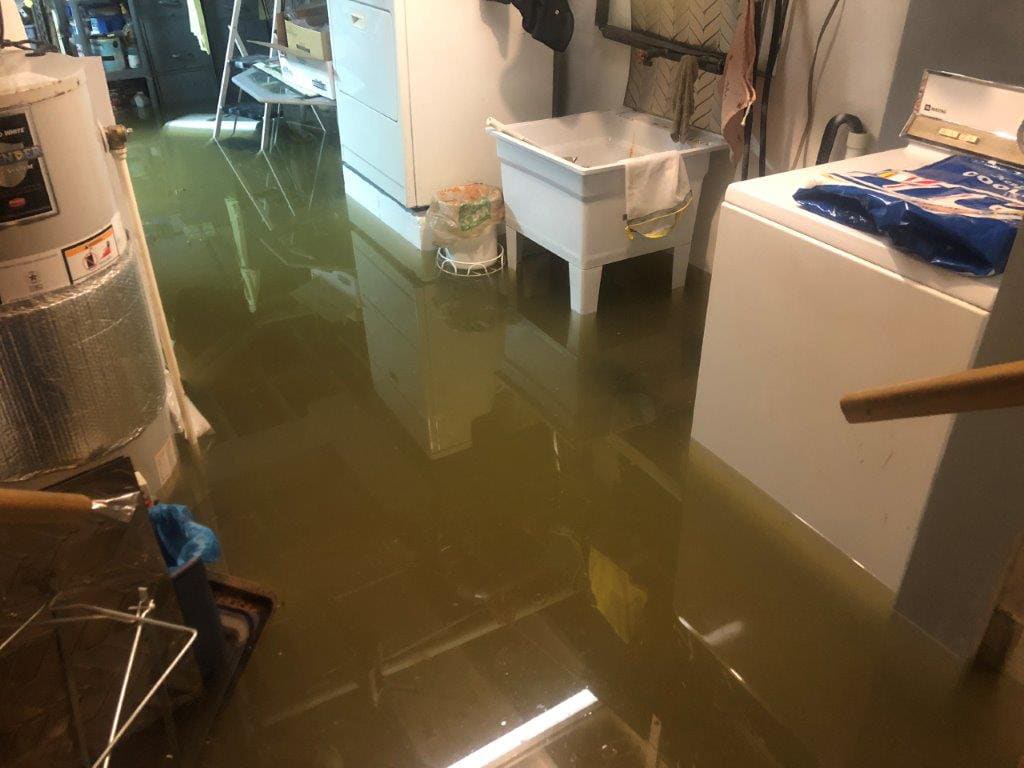This great article down below pertaining to Fire And Water Damage Prevention is incredibly enjoyable. Read it for your own benefit and see what you think about it.

Water provides life, however water invasion on some parts where it's not intended to be can result in damage and hassle. In addition, residences with water damages smell moldy and also old.
Water can originate from many resources like tropical cyclones, floods, burst pipelines, leaks, and also drain issues. It's better to have a working expertise of security precautions if you have water damages. Here are a couple of guidelines on just how to deal with water damages.
Do Prioritize Home Insurance Policy Coverage
Seasonal water damages can come from floodings, seasonal rains, and also wind. There is also an event of a sudden flood, whether it came from a damaged pipe that instantly breaks into your house. To safeguard your house, get house insurance that covers both disasters such as all-natural disasters, as well as emergency situations like broken plumbing.
Don't Neglect to Turn Off Utilities
When calamity strikes and also you're in a flood-prone location, switch off the main electrical circuit. Switching off the power prevents
electric shocks when water comes in as water functions as a conductor. Don't fail to remember to shut off the major water line shutoff as a way to prevent more damages.
If the floodwaters are obtaining high, maintain your furniture steady as they can walk around as well as trigger added damage.
Do Remain Proactive and also Heed Weather Signals
Tornado floodings can be really unpredictable. If you reside in a location pestered by floodings, remain proactive and prepared in all times. If you live near a body of water like a creek, river, or lake, pay attention to the information and evacuation cautions. Obtain your prized possessions and also crucial files from the ground floor and cellar, after that put them in a safe place and also the greatest feasible level.
Do Not Ignore the Roofing System
Your roofer ought to take treatment of the faulty seamless gutters or any type of other signs of damage or weakening. An assessment will stop water from moving down your walls as well as saturating your ceiling.
Do Pay Attention to Little Leakages
There are red flags that can draw your focus and indicate to you some damaged pipelines in your residence. Indicators of red flags in your pipes include gurgling paint, peeling off wallpaper, water streaks, water discolorations, or dripping sounds behind the walls. Repair as well as examine your plumbing repaired before it results in large damage to your residence, financial resources, and also a personal nightmare.
Do Not Panic in Case of a Burst Pipe
Timing is key when it comes to water damage. If a pipeline ruptureds in your home, immediately closed off your main water shutoff to cut off the resource and stop more damages. Call a reputable water damages remediation specialist for help.
Water gives life, however water invasion on some parts where it's not intended to be can result in damages as well as hassle. In enhancement, homes with water damages scent old and also moldy.
Seasonal water damage can come from floodings, seasonal rainfalls, and also wind. Indications of red flags in your pipelines include bubbling paint, peeling wallpaper, water streaks, water stains, or dripping sounds behind the wall surfaces. If a pipe ruptureds in your home, immediately shut off your major water shutoff to reduce off the source and also prevent even more damages.
Some Do's & Don't When Dealing with a Water Damage
DO:
Make sure the water source has been eliminated. Contact a plumber if needed. Turn off circuit breakers supplying electricity to wet areas and unplug any electronics that are on wet carpet or surfaces Remove small furniture items Remove as much excess water as possible by mopping or blotting; Use WHITE towels to blot wet carpeting Wipe water from wooden furniture after removing anything on it Remove and prop up wet upholstery cushions for even drying (check for any bleeding) Pin up curtains or furniture skirts if needed Place aluminum foil, saucers or wood blocks between furniture legs and wet carpet Turn on air conditioning for maximum drying in winter and open windows in the summer Open any drawers and cabinets affected for complete drying but do not force them open Remove any valuable art objects or paintings to a safe, dry place Open any suitcases or luggage that may have been affected to dry, preferably in sunlight Hang any fur or leather goods to dry at room temperature Punch small holes in sagging ceilings to relieve trapped water (don't forget to place pans beneath!); however, if the ceiling is sagging extremely low, stay out of the room and we'll take care of it DO NOT:
Leave wet fabrics in place; dry them as soon as possible Leave books, magazines or any other colored items on wet carpets or floor Use your household vacuum to remove water Use TV's or other electronics/appliances while standing on wet carpets or floors; especially not on wet concrete floors Turn on ceiling fixtures if the ceiling is wet Turn your heat up, unless instructed otherwise

I recently found that blog entry on Preventing Fires and Water Damage In Your Home when browsing on the search engines. Enjoyed our entry? Please share it. Help someone else check it out. I love reading our article about What You Can Do At Home To Prevent Fire And Water Damage.